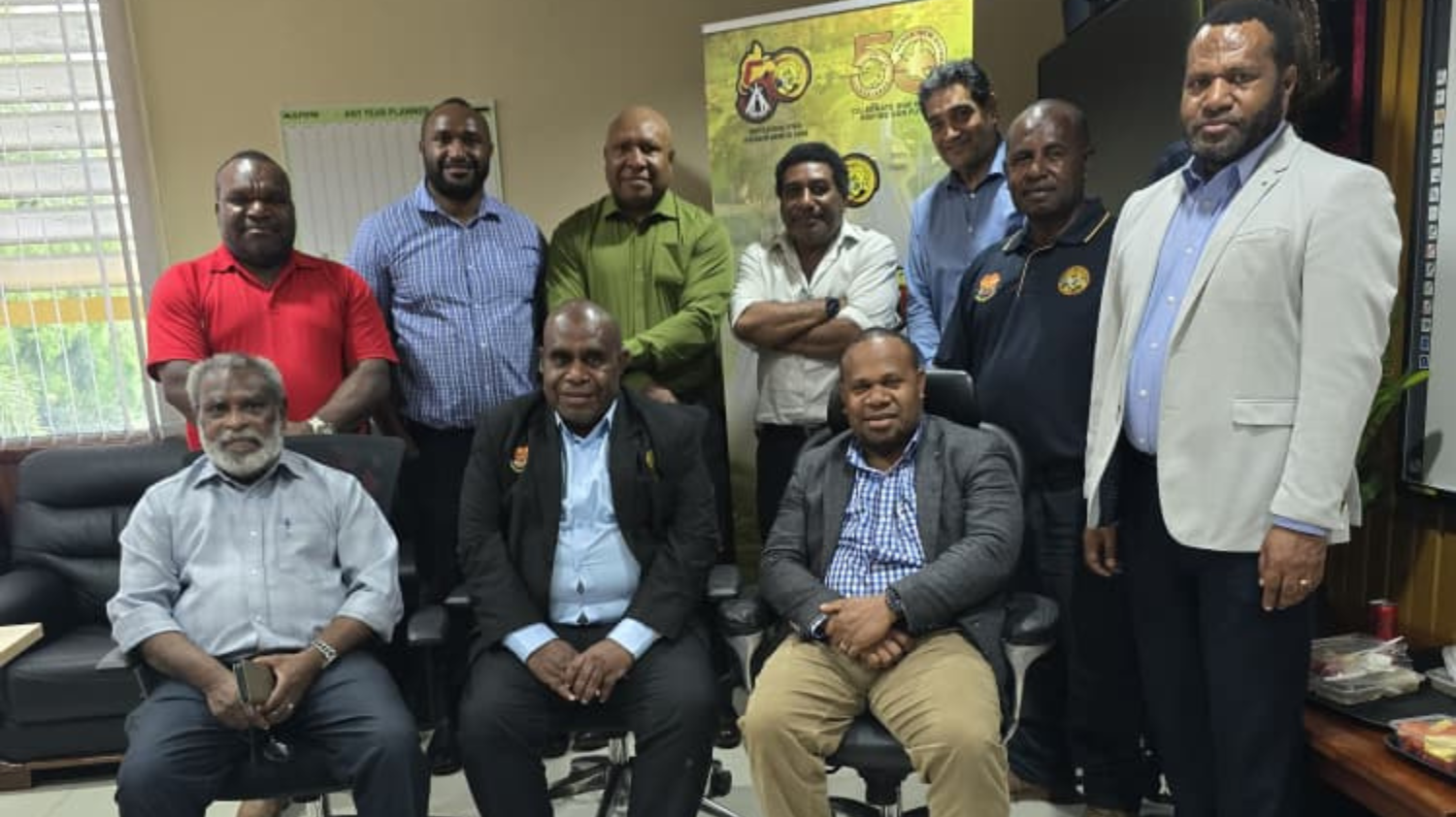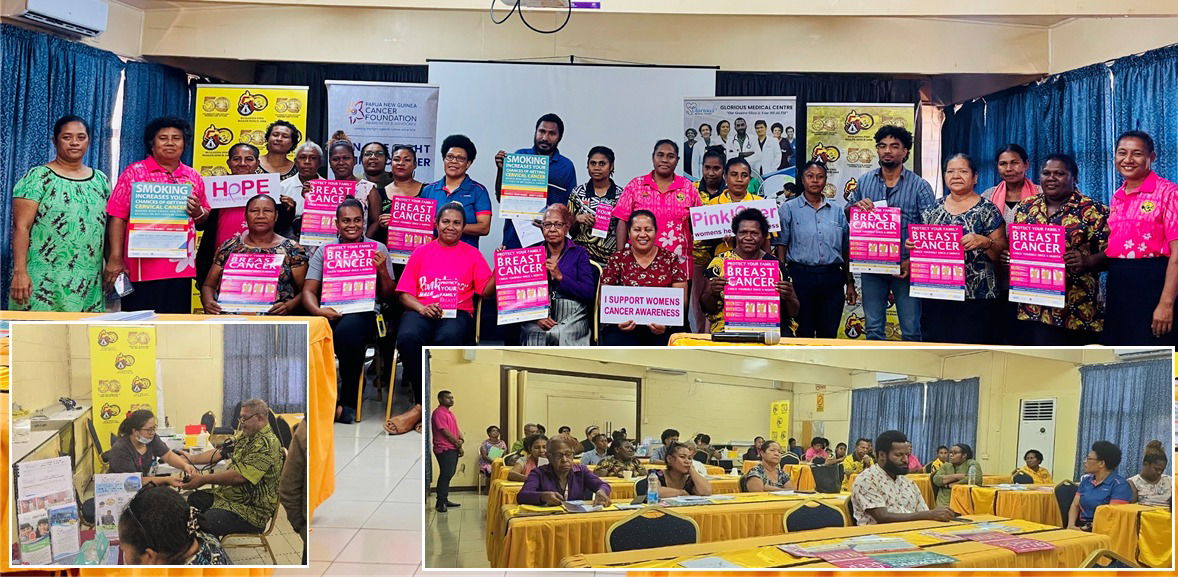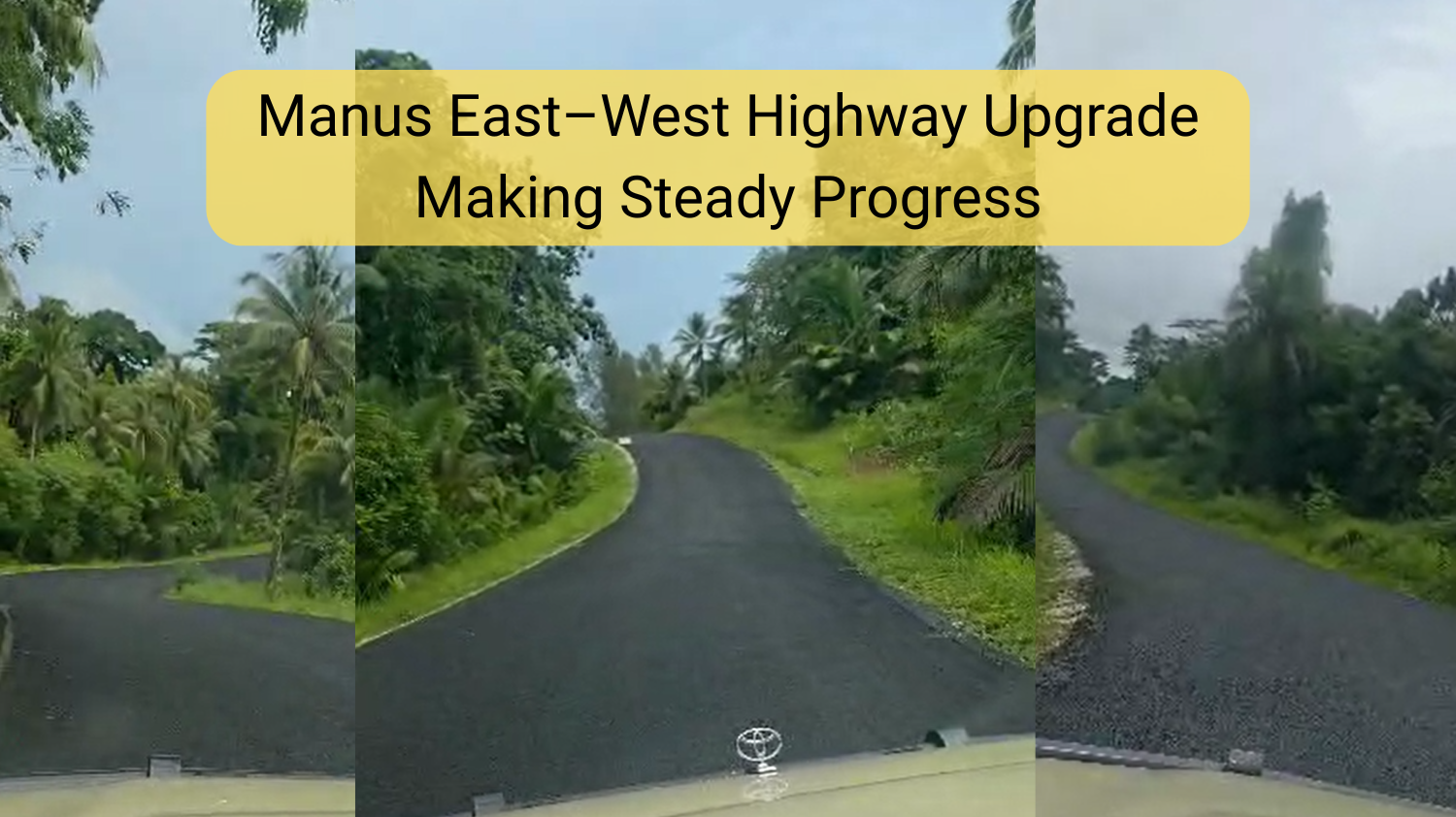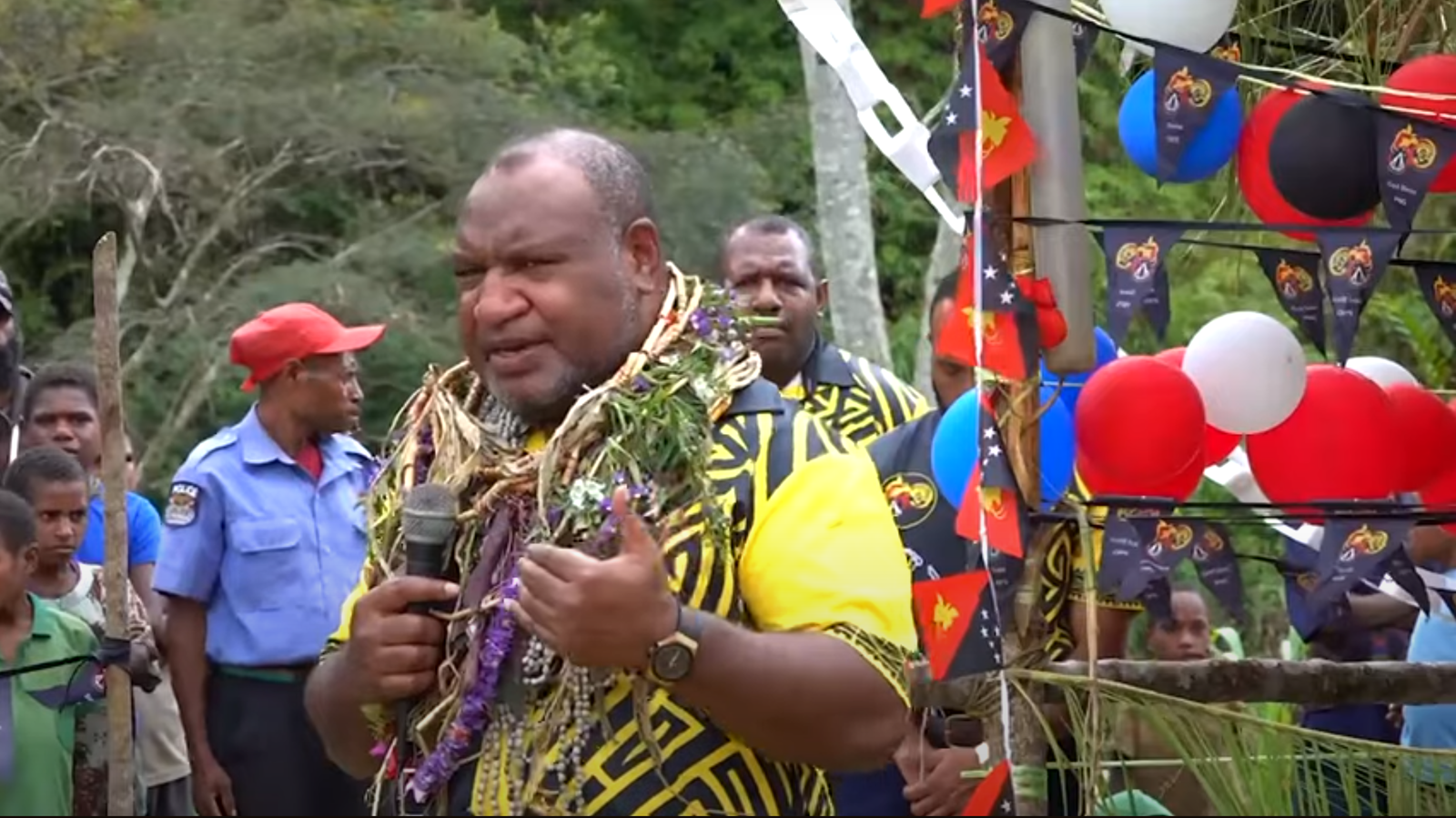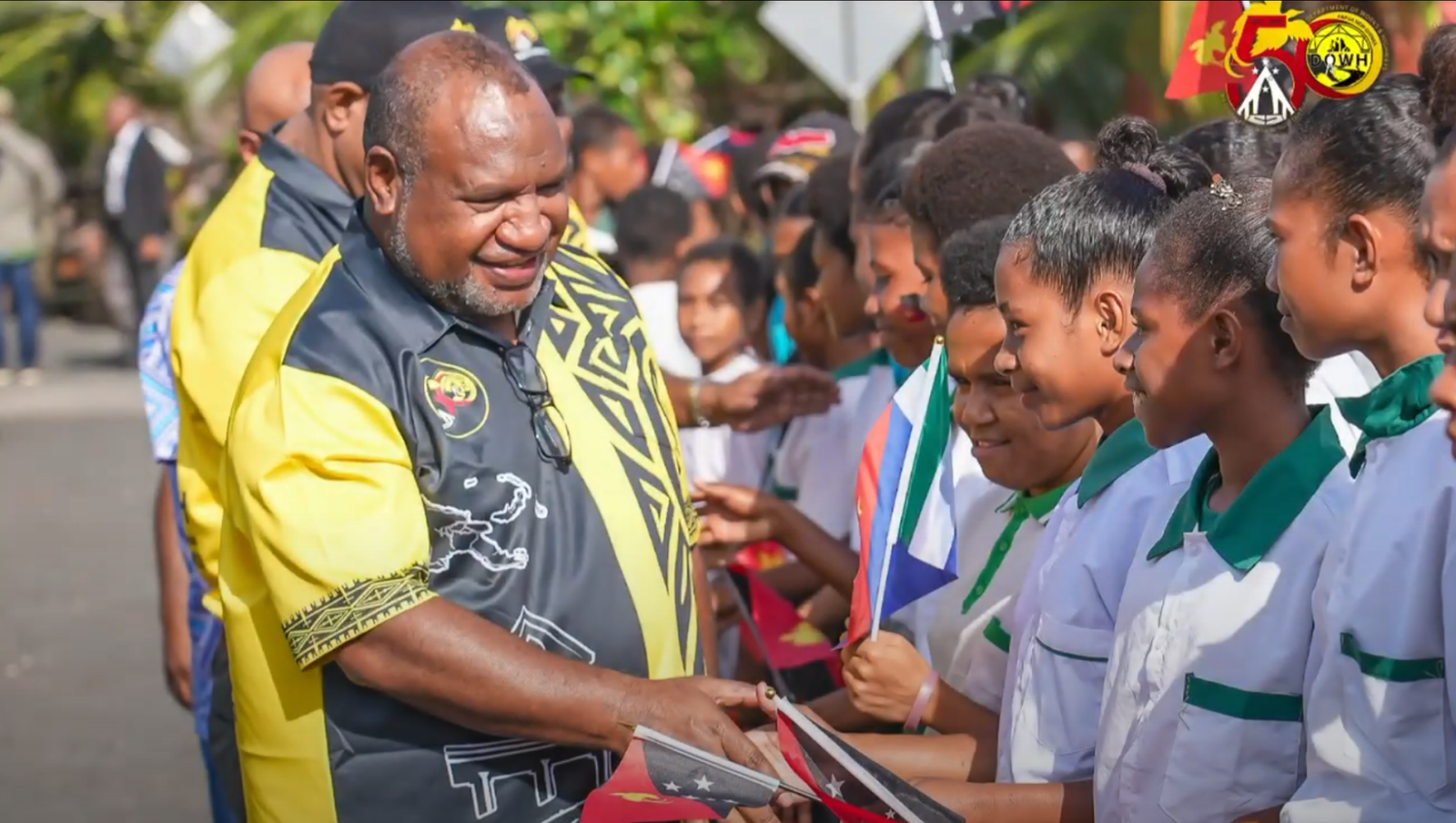WORKSHOP ON THE REVIEW OF EARTHQUAKE ENGINEERING DESIGN FOR BRIDGES IN PAPUA NEW GUINEA
- by Content Writer
- 29th May 2025
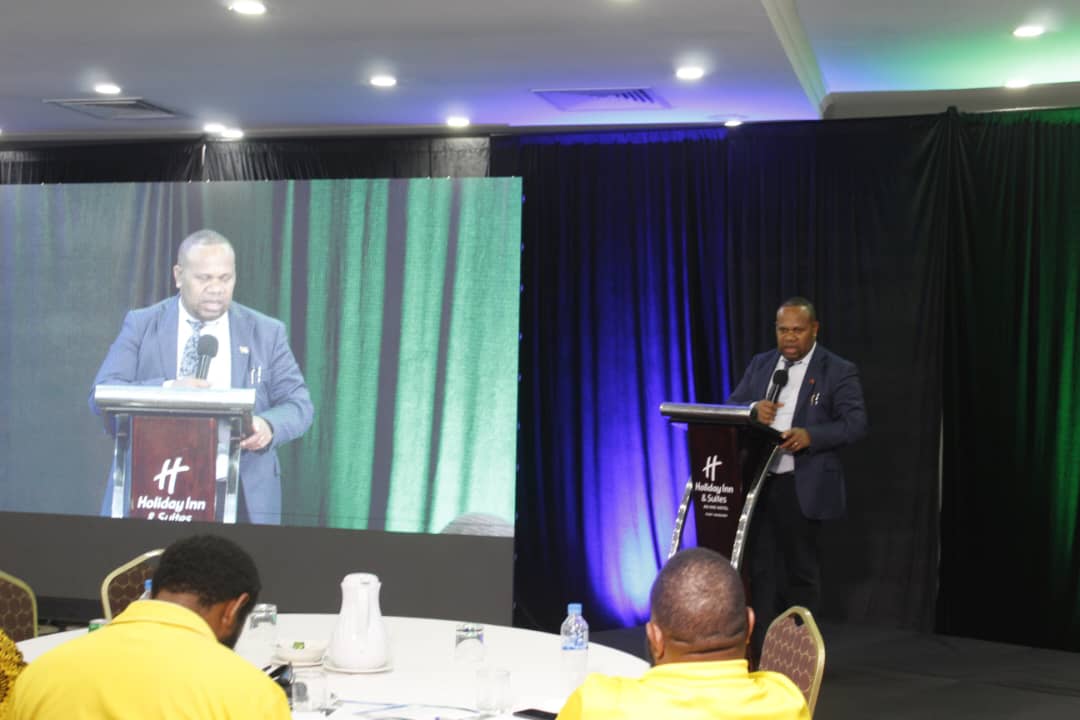
29th May 2025 | Holiday Inn, Port Moresby
Distinguished engineers, technical experts, development partners, colleagues, and participants,
Our facilitators from Geoscience Australia, Becca Consultants, King Consultants, and our stakeholder DFAT/AHC,
As we come to the conclusion of this important workshop on the review of our Earthquake Engineering Design Standards for Bridges in Papua New Guinea, I want to take this moment to sincerely thank each and every one of you for your valuable contributions, commitment, and active engagement over the past days.
This workshop marks a critical step forward in our collective effort to improve the quality, safety, and resilience of our infrastructure across the country. Papua New Guinea is located in a geologically active region, and the vulnerability of our road and bridge assets to seismic activity is a reality we must confront with scientific rigor and technical excellence.
What we have achieved in this workshop is more than just a technical review — it is a commitment to safeguarding lives, protecting infrastructure investments, and ensuring that the foundations we build today will withstand the shocks of tomorrow. Updating our standards to incorporate modern seismic design principles is not just a professional obligation; it is a moral responsibility to the communities who rely on our infrastructure every single day.
The revised earthquake engineering guidelines and specifications you have worked on will now guide our bridge designs to better reflect our local seismic conditions, terrain, and geotechnical realities. These standards will also align PNG with global best practices while retaining our national context and challenges.
This initiative directly supports our national development goals under Vision 2050, the National Transport Strategy, and the Connect PNG Program, because resilient infrastructure is not an option; it is a cornerstone of sustainable and inclusive development.
To our engineers and technical professionals, you are the architects of our nation's future. Your expertise and integrity in implementing these revised design standards will determine the safety and sustainability of our infrastructure. Let us take this momentum forward and institutionalize what we have reviewed here into our design codes, construction practices, and regulatory frameworks.
Let me also extend my appreciation to our partners, academic institutions, donors, international engineers, and researchers — your support is vital in ensuring PNG's engineering practice keeps pace with global advancements.
As we close this chapter, let us now open a new one — a chapter of higher standards, stronger bridges, and a safer Papua New Guinea.
Thank you once again for your time, dedication, and spirit of collaboration. Safe travels, and may the bridges we build, both literally and figuratively, stand strong for generations to come.
God bless you all, and God bless Papua New Guinea.
GIBSON HOLEMBA, FIEPNG, REG ENG
Secretary
Department of Works & Highways








